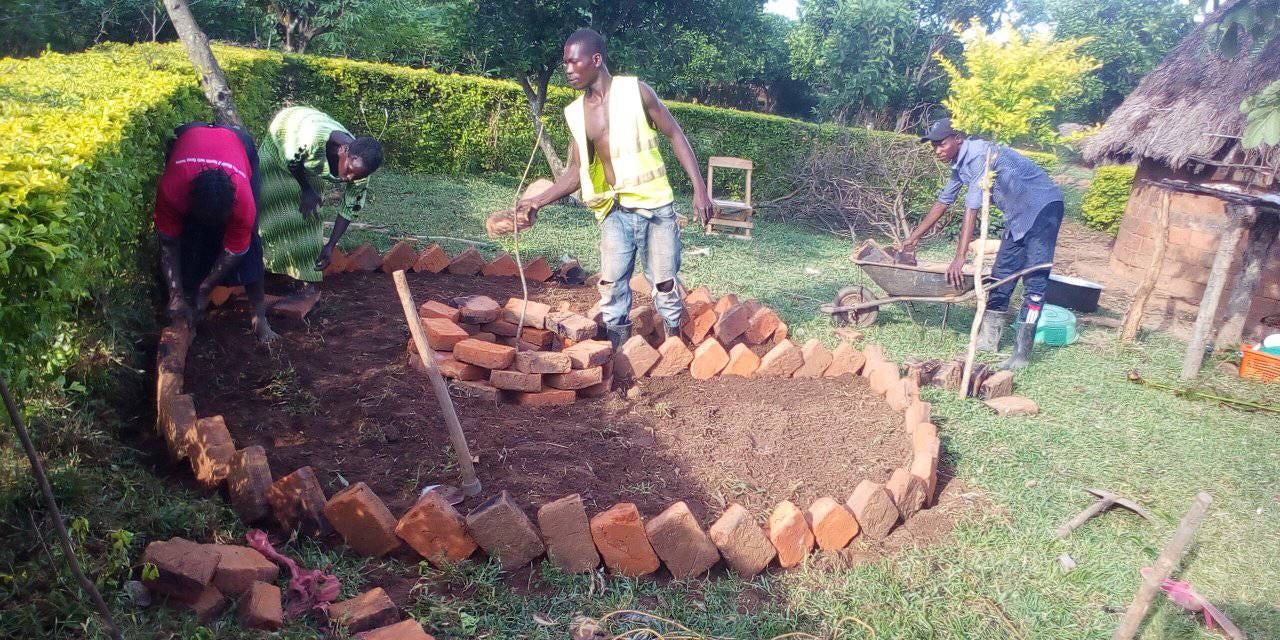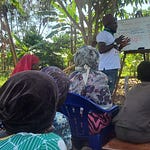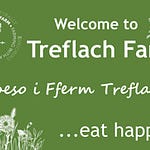Understanding natures patterns with permaculture
Observation and experience
Decoding nature’s laws
Permaculture is a design system rooted in the observation of nature. By understanding how natural ecosystems function—their patterns, processes, and principles—we can create regenerative human systems that are sustainable, resilient, and abundant.
In this section and the following 3, we’ll explore:
Nature as a teacher
1. Core Principles of Natural Systems
2. Key Patterns in Nature
3. Essential Ecological Processes
4. Applying These Observations in Permaculture Design
1. Core Principles of Natural Systems
Nature operates on timeless principles that permaculture emulates.
Some foundational ones include:
A. Energy Flow & Nutrient Cycling
- Nature wastes nothing; outputs become inputs (e.g., fallen leaves → compost → soil fertility).
- Energy (sun, wind, water) is captured and stored efficiently (e.g., photosynthesis, mycorrhizal networks).
B. Diversity = Resilience
- Monocultures collapse; polycultures thrive.
- Multiple species create stability (e.g., forests with many niches vs. a single crop field).
C. Self-Regulation & Feedback Loops
- Predator-prey balances, plant succession, and microbial checks maintain equilibrium.
- Negative feedback corrects excess (e.g., overgrazing → less forage → population decline).
D. Cooperation Over Competition*
- Symbiosis (lichens: algae + fungi), mutualism (bees & flowers), and guilds (plants helping each other).
- "Waste" from one system feeds another (e.g., manure fertilising plants).
E. Adaptation & Evolution
- Systems evolve to fit changing conditions (e.g., drought-resistant plants, animal migrations).
The problem is the solution– Every challenge in nature (and design)
holds an opportunity if we observe deeply.
Discussion Questions:
1. What patterns have you noticed in your local ecosystem?
2. How could you apply one of nature’s principles in your garden/home?
Next Steps: Go outside, observe, and sketch a small design using these principles!
In nature, nothing exists in isolation — Barry Commoner
Permaculture is revolution disguised as gardening — Bill Mollison














Share this post